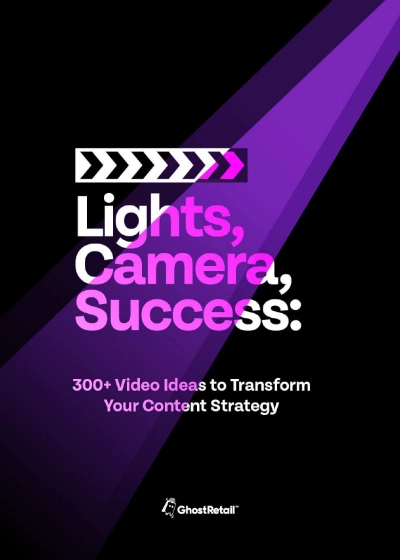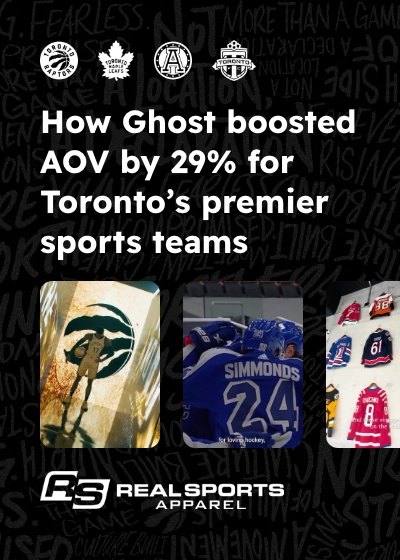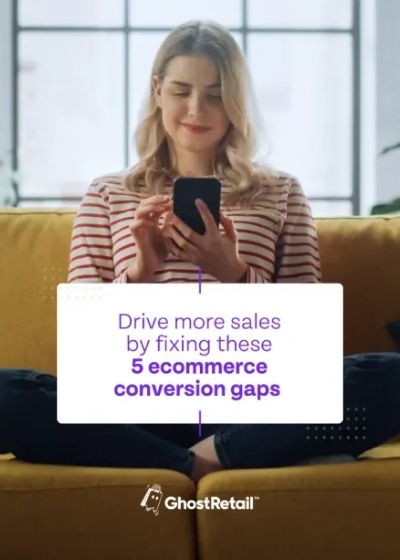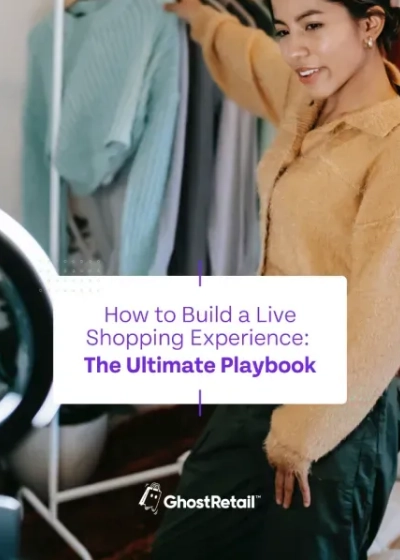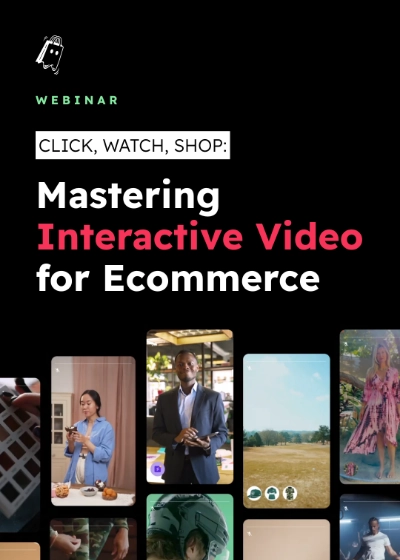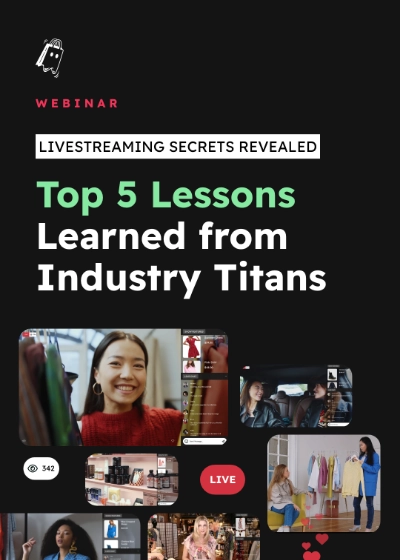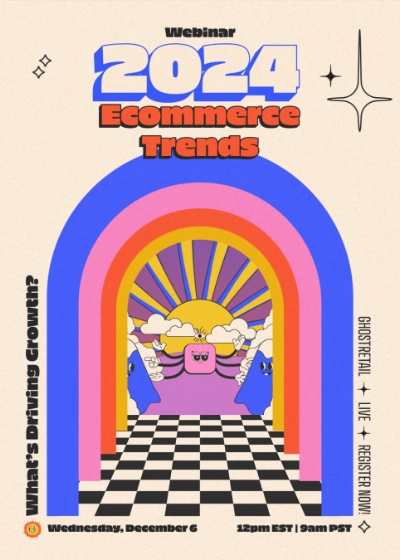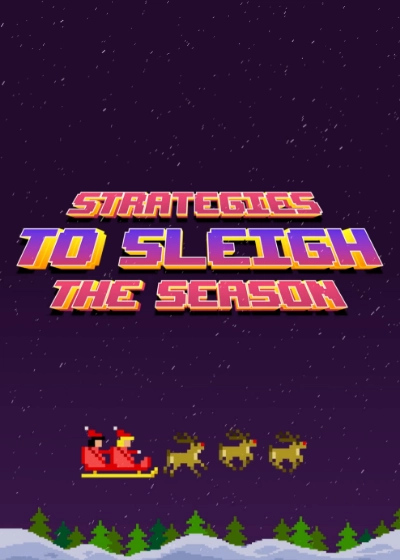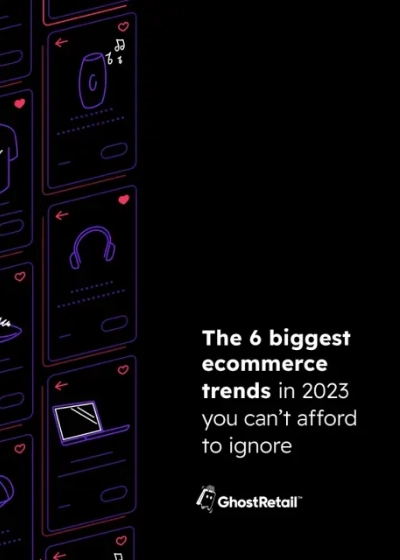Shoppable Video
How to Use Video on Your Shopify Store
Learn how to use video on your Shopify store to increase engagement and boost sales. We'll also explore shoppable videos and how to use them on your homepage and product pages to increase conversion rates.

Create unlimited videos for Free
There's no cap on the number of videos you can upload, create and publish with Ghost.
New
Video Creation
The Case for Embedding Video on Your Website
Embedding videos on your website is a powerful way to engage and convert your visitors.

Popular
Ecommerce
10 Ecommerce Brands Nailing Amazing Customer Experiences in 2023
Drop everything and read this: Our guide to 12 essential elements every customer experience strategy needs, plus 10 retailers that are killing it when it comes to the online CX.
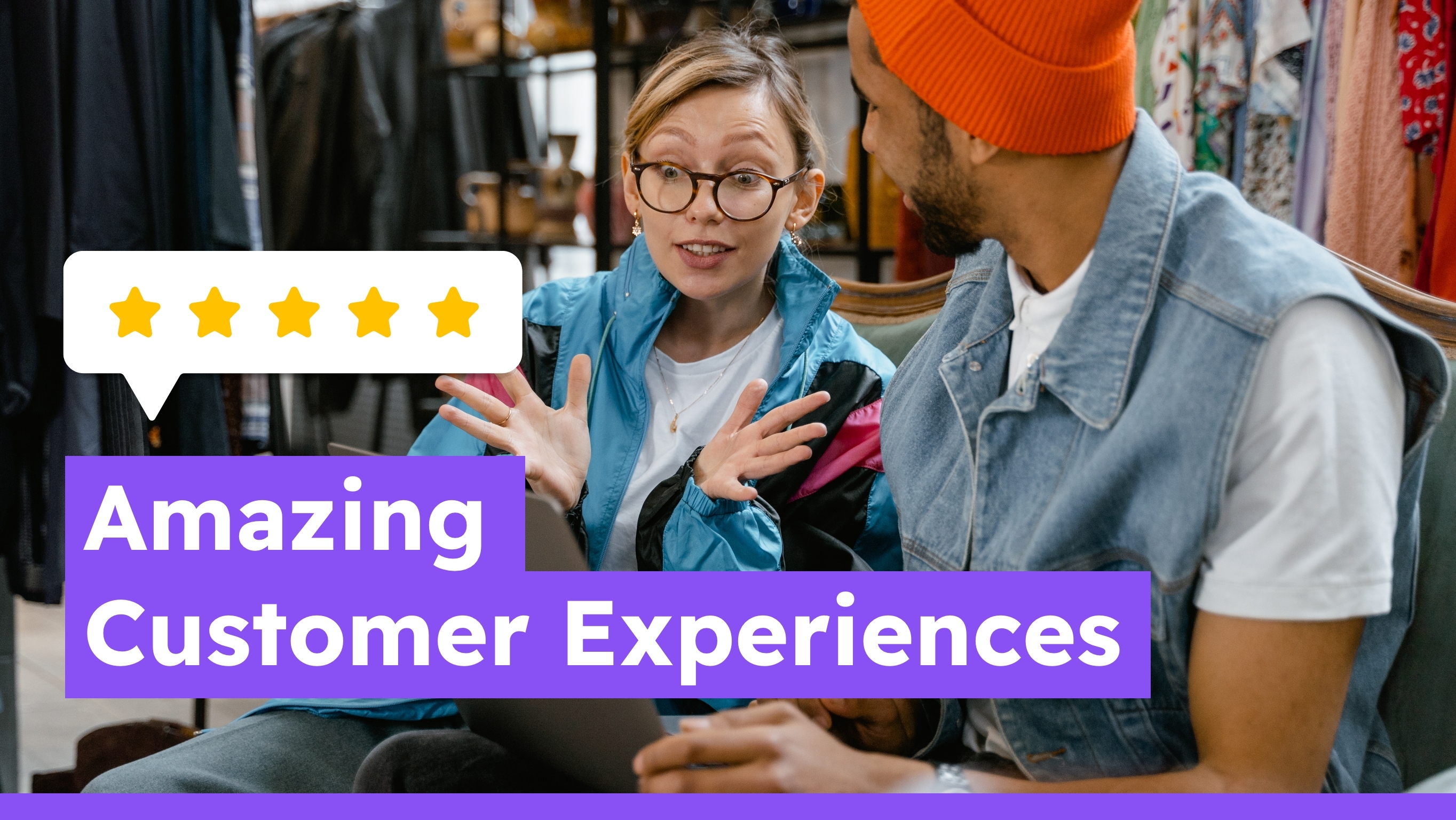
Resources
